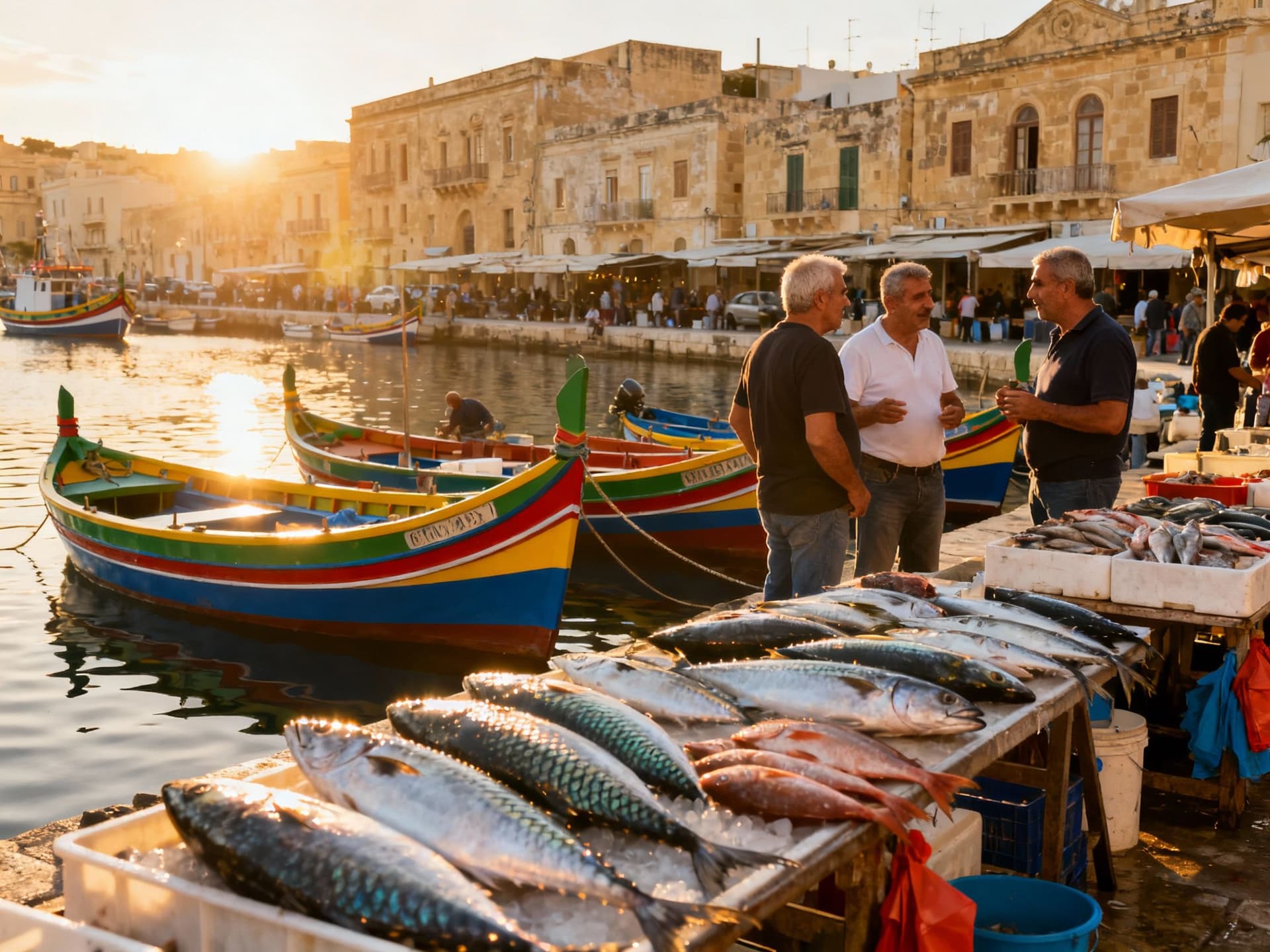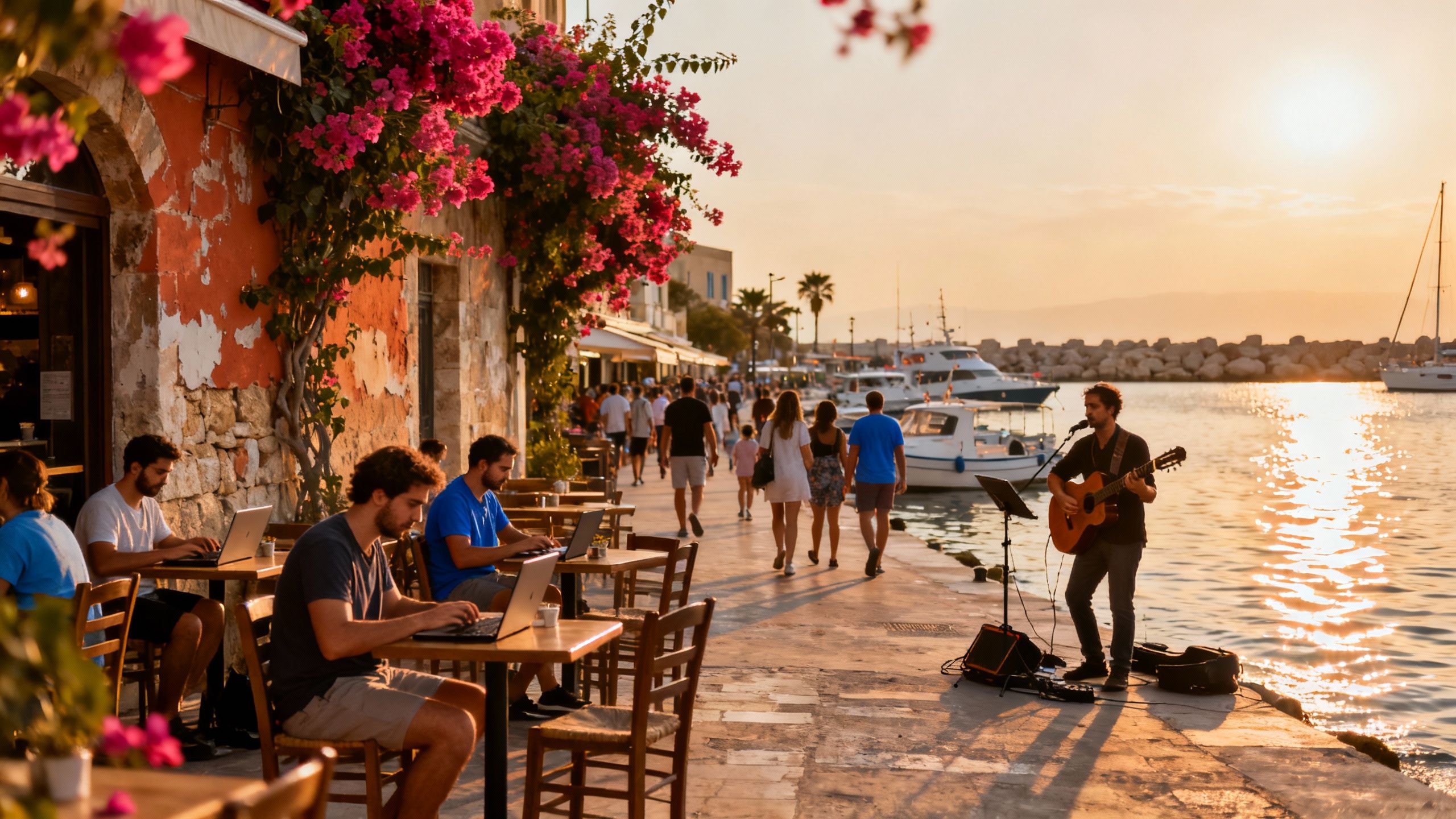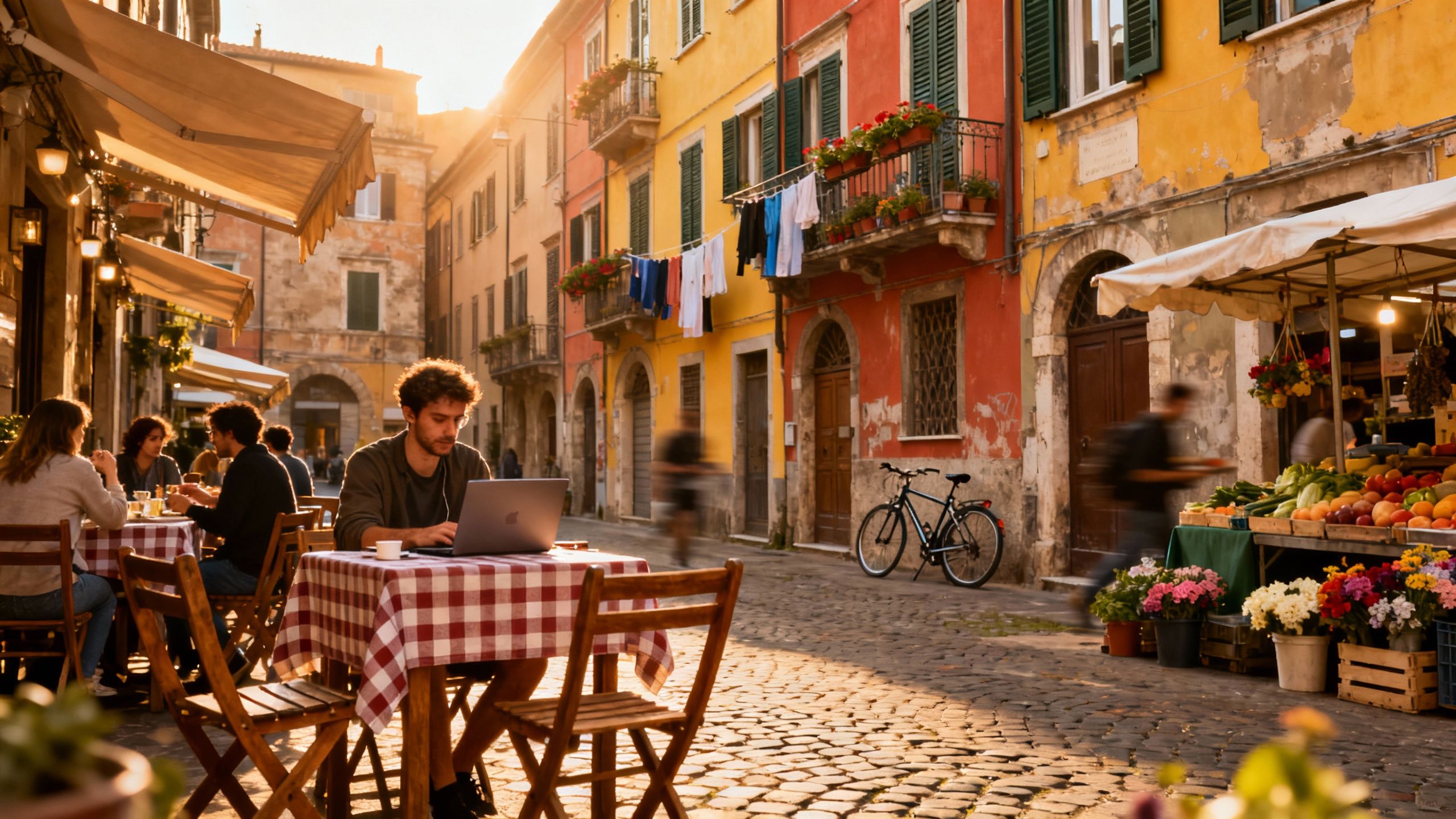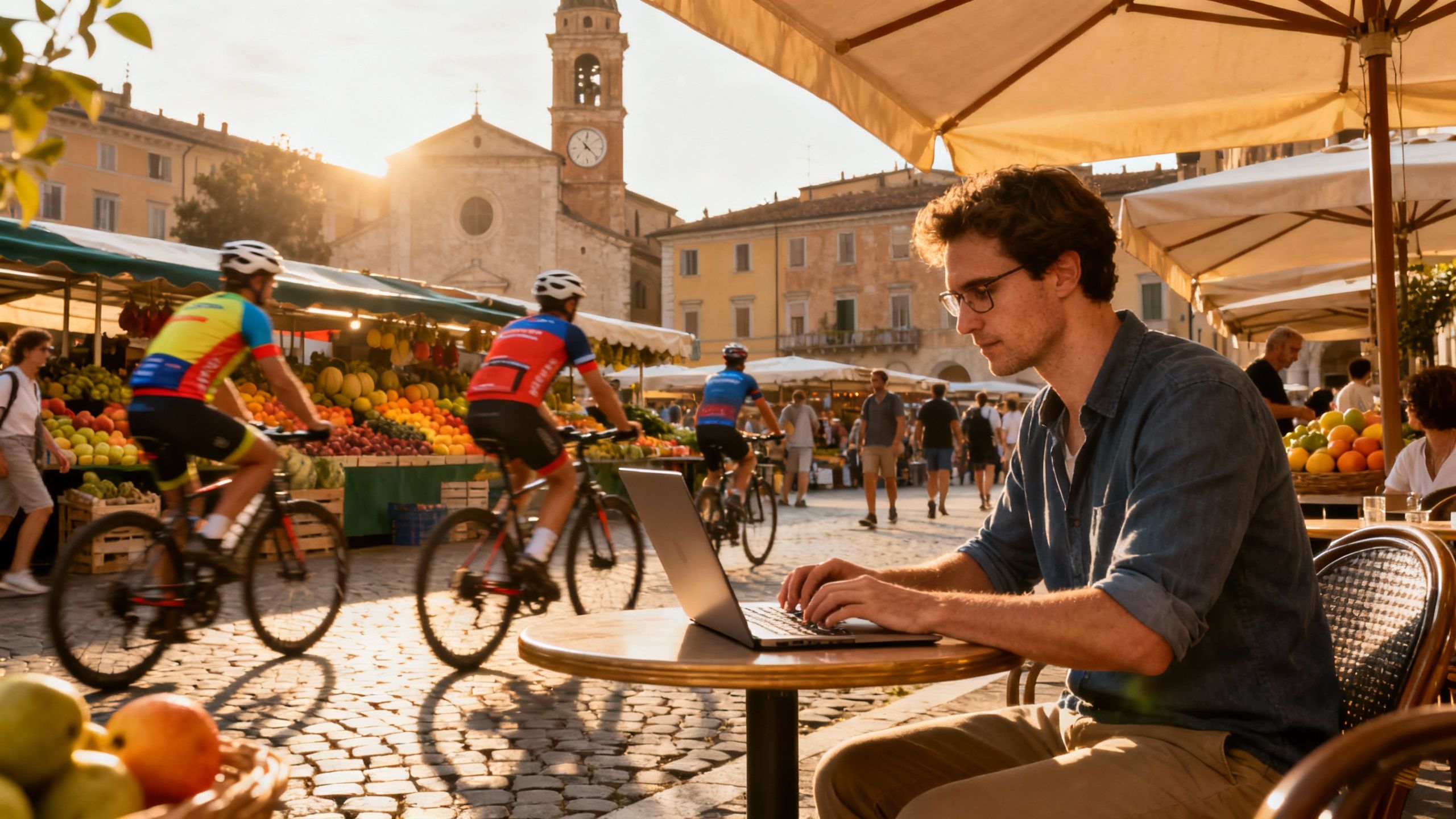Residency Routes & Lifestyle Tradeoffs in Malta
Compare Malta’s nomad, tax-resident and investor residency routes, see how each shapes neighbourhood choice, and get insider lifestyle tradeoffs for nomads and buyers.
Imagine sipping an espresso on Triq ir-Repubblika, watching limestone facades warm as the sun climbs—then heading to a quiet coworking terrace in Sliema with reliable fibre and a sea view. Malta is compact, bright, and social; move here and your workday bleeds into beach swims, festas, and late-night pastizzi runs. But the residency routes you pick change the neighbourhoods you can afford and the lifestyle you actually get. We’ll show which permits open which doors, where value hides, and the lifestyle tradeoffs every nomad should know.
Living the Maltese life — sun, streets and slow rhythms

Malta feels like a village stretched across three islands. Days begin with bakeries on Strait Street and coffee in Valletta; evenings gather in iz-zgħażagħ (local bars) or seaside promenades in St. Julian’s. Expect narrow streets, limestone warmth, and English on menus and in legal forms. The compactness means you can live by a sandy cove in the morning and meet clients in a modern coworking hub that afternoon.
Neighborhood spotlight — Valletta vs St. Julian’s vs Marsaxlokk
Valletta is theatre, history and tiny flats with high ceilings; great for culture lovers who value walkability over square footage. St. Julian’s (Spinola Bay, Portomaso) is energy, restaurants and nightlife — perfect if you want evening meetups and international coworkers nearby. Marsaxlokk is a fisher’s village: morning markets, seafood, slower pace, and better value if you crave space and local rhythm.
Food, seasons and weekend rhythms
Weekends mean markets (Marsaxlokk fish market on Sundays), festas in summer, and quiet hiking on Gozo in winter. The food scene is surprisingly modern — think seafood taverns, craft coffee in Sliema’s Strand, and buzzy trattorias in Rabat. Seasons shift how neighbourhoods feel: summer brings crowds to Mellieħa Bay, off-season reveals the real rental bargains.
Lifestyle highlights
- Morning espresso at Caffe Cordina in Valletta; sunset swims off Golden Bay; coworking at The HUB in St. Julian’s; Sunday fish market at Marsaxlokk; exploring medieval Mdina by twilight.
Making the move: residency routes that shape where you live

Your residency choice isn’t just paperwork — it determines which neighbourhoods you can afford, whether you can rent short-term, and whether your property can be an income stream. Malta offers multiple paths: the Nomad Residence Permit for remote workers, the Global Residence Programme for tax-favourable long-term residency, and the Malta Permanent Residence Programme (MPRP) for investors. Each has property rules, minimum income or contribution thresholds, and different flexibility for renting out property.
Property styles for nomads — where you’ll actually work and live
Think terrace apartments with small balconies, converted townhouses with mezzanine offices, and newer seafront developments with reliable fibre. For remote work, prioritise strong indoor light, a quiet zone for calls, and outdoor space (a small terrace or shared roof) — the island’s warm months make outdoor work a true lifestyle booster.
Work with agencies who know the permit rules
Licensed agents and residency consultants bridge the gap between lifestyle wishlists and permit conditions. They help match property (north vs south price zones, qualifying rental levels) to the residency route you target — vital if you need a qualifying property for a Permanent Residence application or proof of address for a Nomad Permit.
- 1. Choose your permit (Nomad, GRP, MPRP) and confirm property requirements. 2. Shortlist neighbourhoods that match your daily rhythm (Valletta for culture, St. Julian’s for social life, Marsaxlokk/Gozo for space). 3. Ask your agent about fibre availability and coworking access. 4. Confirm whether your property can be rented short-term or immediately if you buy. 5. Line up a local bank account and health insurance before arrival.
Insider knowledge — what expats wish they'd known
Real talk: Maltese life is social and compact — but bureaucracy can be slow and title checks matter. Nomad Permit holders don’t become tax residents; MPRP applicants face stricter due diligence and higher costs but can use qualifying property as an investment. Expat communities form fast in hubs like Sliema and St. Julian’s; if you crave deeper local ties, live in neighbourhoods with village committees and local festas.
Cultural integration and language
English is widely used, which flattens the learning curve. Still, learning a few Maltese phrases and attending local festas will fast-track friendships. Expect a relaxed pace — many shops close for the afternoon siesta-style break — and public services that run on island time; patience rewards you with insider tips and invitations.
Long-term lifestyle considerations
Think five years ahead: coastal properties can be exposed to salt and higher maintenance; older townhouses may need structural and damp work. If you plan to rent, check seasonal demand (summer peaks) and licensing rules. For families, international schools cluster around Sliema and St. Julian’s — proximity matters.
- Key expat red flags: unclear title history on older homes; absent fibre in historic cores; agents unfamiliar with residency requirements; expecting consistent off-season rental income; underestimating maintenance on limestone facades.
If Malta’s compactness and Mediterranean light pull you in, remember: the permit you choose shapes which streets you’ll stroll and whether your property is a home or an income source. Talk to a licensed Residency Malta agent early, test the neighbourhood for a week, and prioritise fibre, a quiet workspace, and a balcony. When you do it right, Malta doesn’t just feel like a holiday — it feels like home.
Next steps
- 1. Email Residency Malta Agency or a licensed agent to confirm which permit fits your income and property plans. 2. Visit for a neighbourhood test-stay (7–10 days) and test internet speed midday. 3. If qualifying for MPRP, verify property price bands and rental rules before you sign.
Conclusion: Malta’s small size is its superpower. You trade long commutes for community, seasons for festas, and grey winters for Mediterranean light. Pick the right residency route, work with agents who actually understand permit conditions, and choose a neighbourhood that matches your rhythm — and you’ll have a home that feels like a permanent holiday and a productive office at once.
Swedish, relocated to Marbella in 2018 to chase sun and property freedom. Focus on legal navigation and tax for Nordic buyers.


